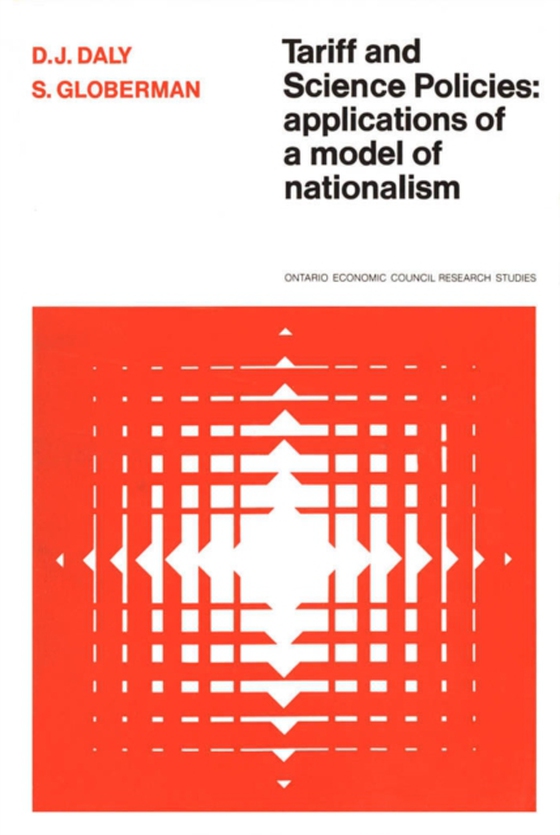
Tariff and Science Policies e-bog
200,69 DKK
(inkl. moms 250,86 DKK)
This controversial analysis of economic nationalism will interest economists and those concerned with nationalism and the competitive position of Canadian manufacturing. It is the first attempt to test empirically an economic model of nationalism, a model which implies than an emphasis on nationalism ultimately reduces economic efficiency - with low-income groups bearing most of the resultant c...
E-bog
200,69 DKK
Forlag
University of Toronto Press
Udgivet
15 december 1976
Længde
138 sider
Genrer
Nationalism
Sprog
English
Format
pdf
Beskyttelse
LCP
ISBN
9781442653498
This controversial analysis of economic nationalism will interest economists and those concerned with nationalism and the competitive position of Canadian manufacturing. It is the first attempt to test empirically an economic model of nationalism, a model which implies than an emphasis on nationalism ultimately reduces economic efficiency - with low-income groups bearing most of the resultant cost - and redistributes income from lower - to upper-income individuals.Applying the model to federal commercial and science policies, the authors argue that these policies have contributed to the high costs and low productivity of Canadian manufacturing and retarded the adoption of new processes and improved techniques. They find that the costs of these are borne by the urban workers and the consumer, while the major beneficiaries are Canadian managers, scientists, and engineers. The efficiency and competitive position of Canadian industry are reduced and income redistributed from lower- to upper-income groups.Science policies designed to increase, at high cost, a broad range of Canadian research and development capabilities are related to the slower adoption of new manufacturing processes in Canada than in the United States and Europe. The authors conclude that greater trade liberalization and increased industrial specialization would benefit Canada and Ontario, that more emphasis should be placed on rapid diffusion of innovation, and that research should be concentrated in fields where Canada has a potential competitive advantage.
 Dansk
Dansk

